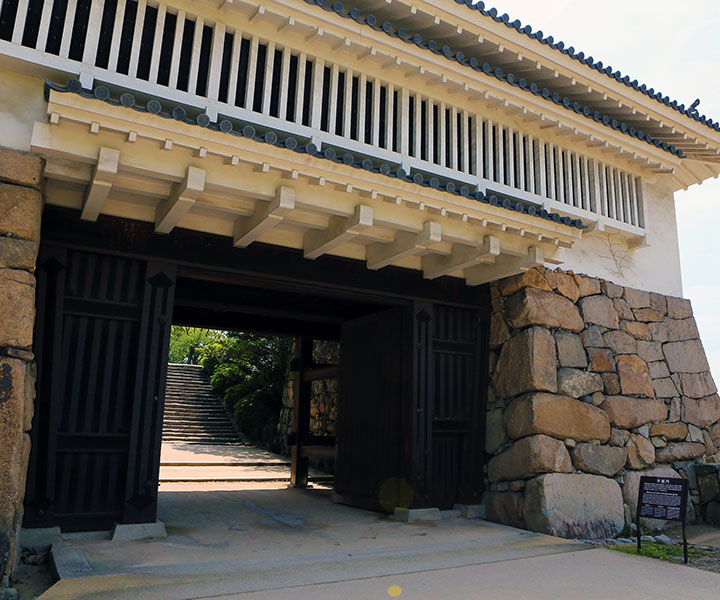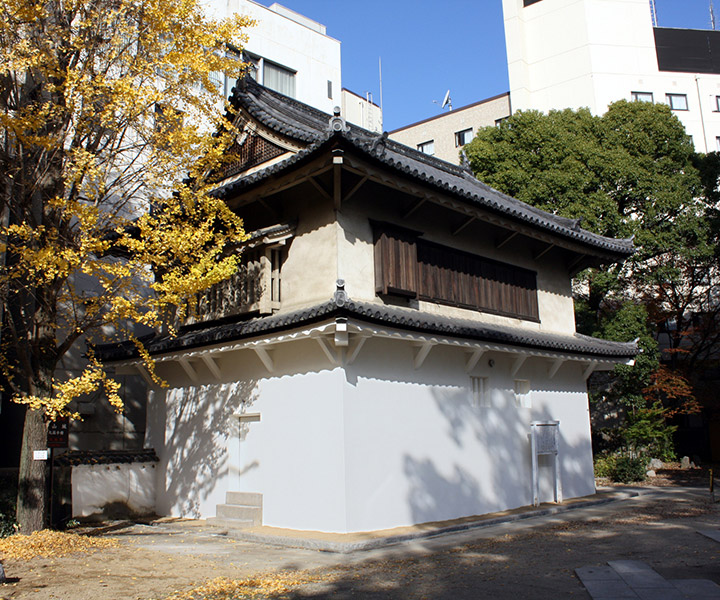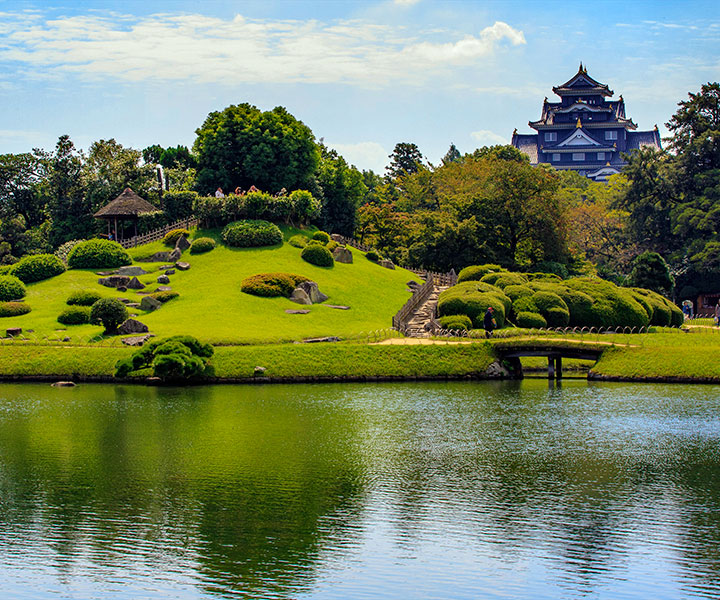- TOP
- 能楽を旅する 岡山城_en
Okayama Castle’s History and Major Figures
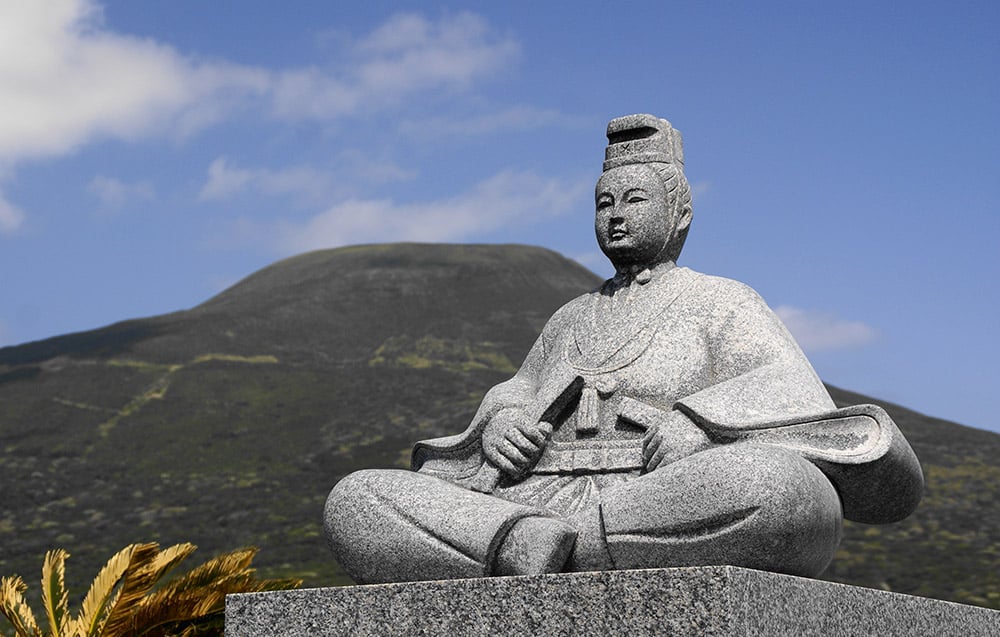
Okayama Castle was built in the Warring States period by the daimyo Ukita Hideie following the advice of Toyotomi Hideyoshi
Originally, Kanamitsu's Ishiyama Castle stood in the place where Okayama Castle is currently located. In 1570, daimyo Ukita Naoie took Ishiyama Castle from Kanamitsu and began building a new castle. Ukita Naoie's son, Ukita Hideie (the statue in the photo) made further major renovations to the castle, expanding it into Okayama Castle. Following Toyotomi Hideyoshi's advice, Ukita Hideie integrated Okayama Castle with the castle town, and completed the castle tower in 1597. Ukita Hideie later lost the Battle of Sekigahara in 1600 and was exiled to Hachijojima, where he died in 1655 at the age of 83.

Following the Kobayakawa family, the Ikeda family served as the lord of the castle for 12 generations
After the Battle of Sekigahara, Kobayakawa Hideaki became the lord of the castle and built the outer moat of the castle. Unfortunately, in 1602, after staying in the castle for just over a year, Kobayakawa Hideaki died and the Kobayakawa family ceased to exist.
The following year, Ikeda Tadatsugu took the place of Kobayakawa Hideaki as the first generation lord of the Okayama domain at the age of five, and came to full power as the lord of the castle from 1614. The Ikeda family then ruled over the castle for more than 260 years, over 12 generations. The fourth generation lord Ikeda Tsunamasa(※1) is most known for building Okayama Korakuen, one of Japan's three most famous gardens, on the north side of Okayama Castle.
※1 Annotations are at the bottom
Discover the Relationship Between Okayama Castle and Noh!
Okayama Castle × Noh

IkedaTsunamasa, the 4th Lord of the Castle
Ikeda Tsunamasa (1638-1714), the fourth lord of Okayama Castle, was an excellent Noh performer. He became passionate about Noh at the age of 50. In 1694, he built a Noh stage and invited feudal lords to many Noh performances.
In 1696, in the Noh performance for the shogun Tokugawa Tsunayoshi, he played the leading role in his talented piece, "Miwa". After that, Ikeda Tsunamasa performed Noh five times in front of the shogun, and played the leading role in his favorite pieces such as "Funa Benkei" and "Nonomiya."
※2 Photo:Annotations are at the bottom
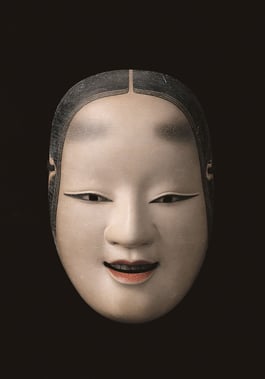
A New Korakuen Noh Stage Was Built
In 1707, Ikeda Tsunamasa completed his Noh stage in Okayama Korakuen. He built it for "health" and "to allow the people of the domain to experience Noh."He even took the stage himself at every Noh performance.
Noh, which had previously been seen only by a limited number of people, was performed at the Korakuen stage for the wives and children of feudal retainers and the people of the domain. According to ancient documents, until Ikeda Tsunamasa passed away in 1714, 144 Noh performances had been held on the Korakuen Noh stage, with a total of 77,105 people enjoying the Noh performances.
※3 Annotations are at the bottom
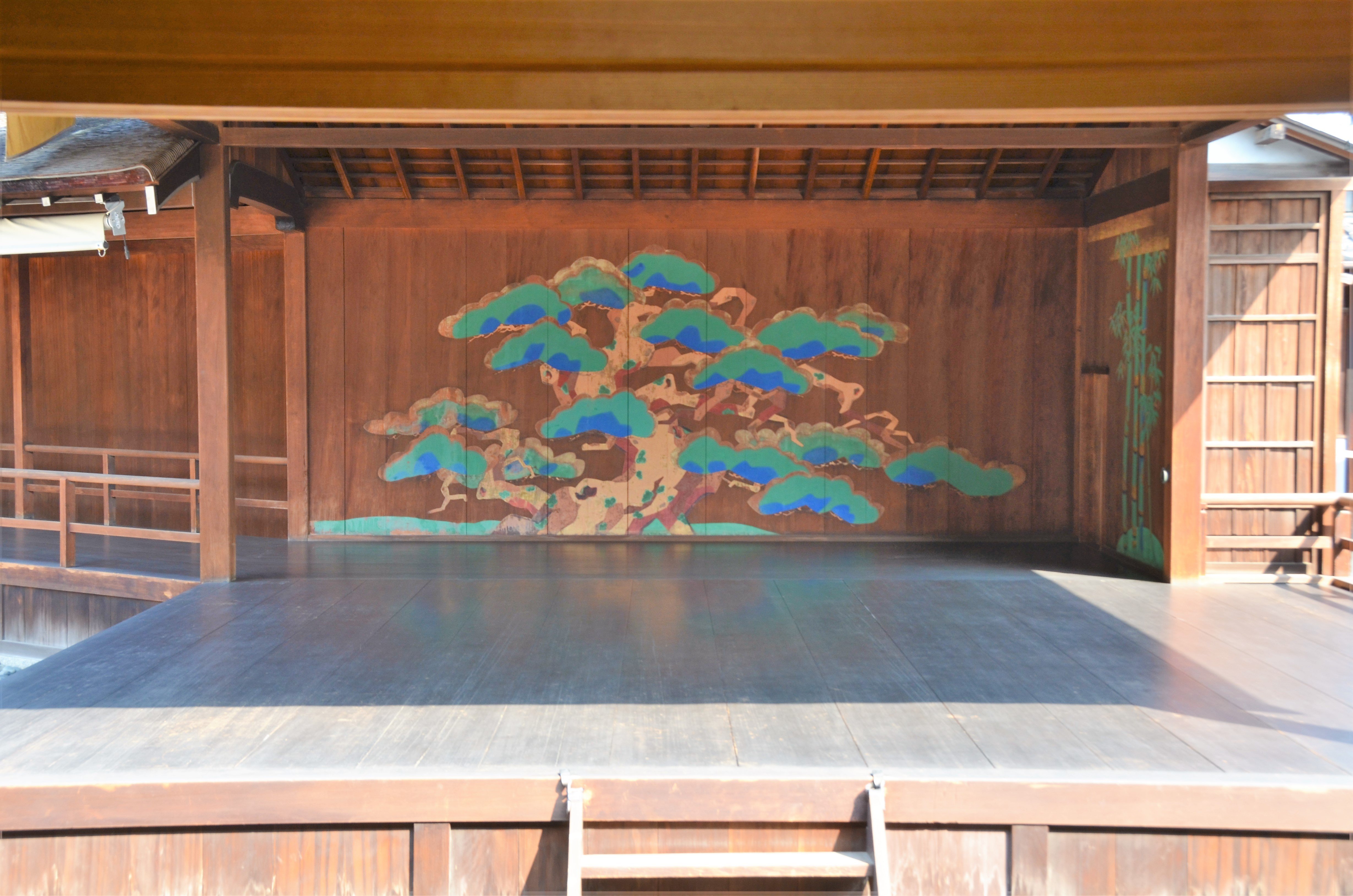
Many Traces of Ikeda Tsunamasa Still Remain in the Okayama Castle Town
The Korakuen Noh stage built by Ikeda Tsunamasa was destroyed in World War II, but was restored later in 1958.
Although it is not usually open to the public, performances by professional Noh actors are held regularly, making it a place where many people can become familiar with Noh and Kyogen.
In addition, the Hayashibara Museum of Art preserves the Noh masks and costumes used by Tsunamasa Ikeda, as well as valuable materials related to Noh.
The Castle With a Distinctive Jet-Black Colored Exterior. Also Known as “Ujo”
Okayama Castle Highlights
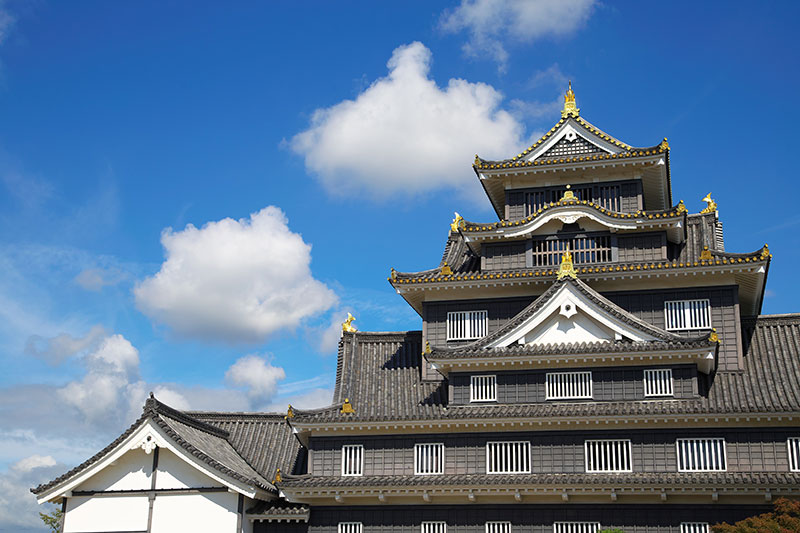
The Castle Tower
The castle tower was rebuilt in 1966, retaining its old appearance. It is often called "Ujo" or "Karasujo" (crow castle) as the outer wall is covered with black lacquer, making it look like a crow. The lower floor is shaped as a scalene pentagon while the upper floor is a square, making it an unusually complex structure. With the golden roof tiles, the contrast between the black and gold is beautiful.
The castle tower recently underwent major renovations and reopened on November 3, 2022.
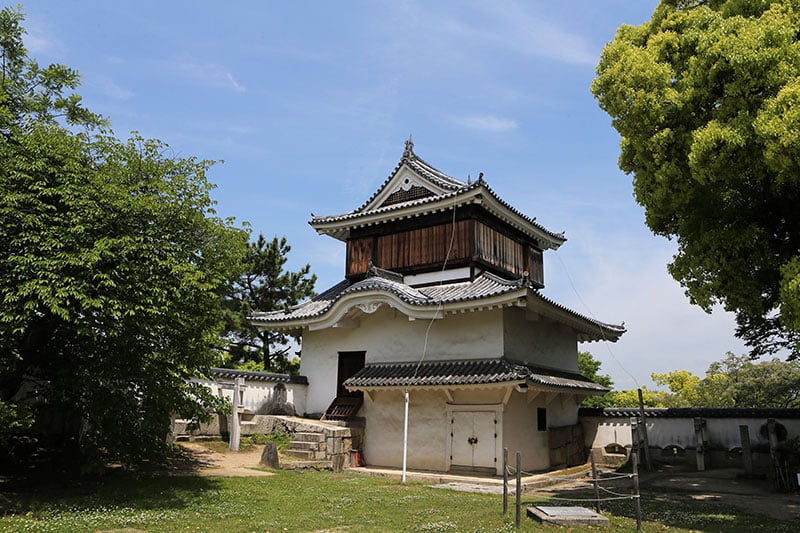
The Surviving Two Turrets
Most of the buildings of Okayama Castle were lost due to the castle destructions after the Meiji Restoration and World War II air raids. Only the Tsukimi turret (photo) in the inner citadel and the Nishinomaru Nisite turret, which is about 400m away from the ineer citadel (both important cultural properties), still exist.
The Tsukimi turret was built between 1615 and 1632, and is the oldest and most valuable turret out of all castles in Japan. The foundation stone of the wall is lined with small windows for shooting arrows and guns at the enemies, which are also worth seeing.
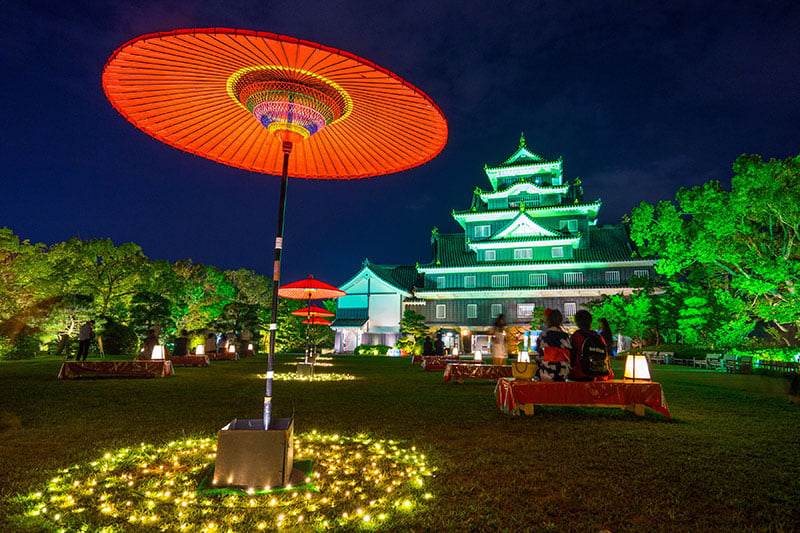
Okayama Korakuen
The castle ruins of Okayama Castle lie in Ujo Park, with the north side featuring the vast Okayama Korakuen Garden. Okayama Korakuen features a lawn, a pond, an artificial hill, and a tea room. It has been designated as a national special scenic spot as a garden that conveys the atmosphere of the Edo period.
Various events are held in the park. For a limited time, you can enjoy the "Gensou Teien", which is an event where the park is specially opened at night and the castle tower and the garden are lit up.
Photo Gallery

Castle tower seen from Okayama Korakuen

Gate with a corridor dedicated to the castle lord's usage (restored).

A restored castle tower topped with gilt roof tiles called Kinshachigawara.

Hayashibara Museum of Art

Part of Ikeda Tsunamasa's "Noh Shimai Picture Scroll," depicting the performance of the Noh "Kokaji", shown at the Hayashibara Museum of Art.





Access
- Address
2-3-1 Marunochi Kita-ku,
Okayama-shi, Okayama-ken 700-0823
Japan- Phone
- Traffic Guide
10 minutes drive from JR Okayama Station
- Nearest stop
7 min. walk from "Shiroshita" (streetcar, Okayama Electric Railway Higashiyama Main Line)
- Parking Lot
- Official Websiteite
Photo courtesy of: Okayama Prefectural Tourism Federation, Okadama Korakuen (Photo of Korakuen Noh Stage)
- 1 "Joubu Statue", image of Ikeda Tsunamasa (from the Ikeda family's family images). Shown at the Hayashibara Museum of Art.
- 2 The image is part of “Tamainomiya Hanachazu Picture Scroll” by Tsunamasa Ikeda, which depicts the Noh play “Nonomiya”. Shown at the Hayashibara Museum of Art.
- 3 The image is of Tsunamasa Ikeda's favorite Noh mask, "Komei Komen". Shown at the Hayashibara Museum of Art.

